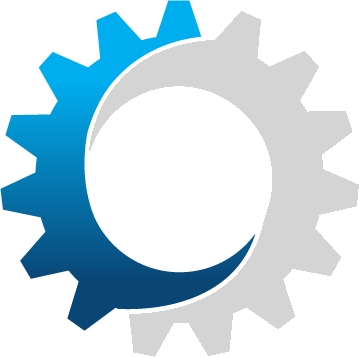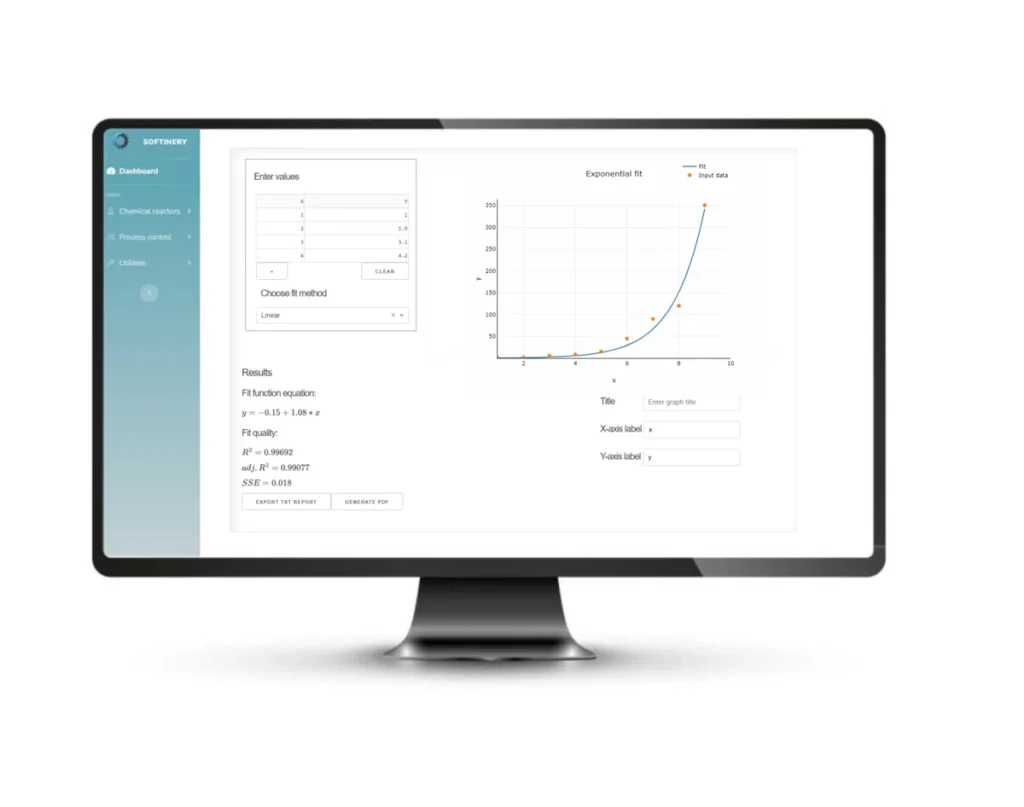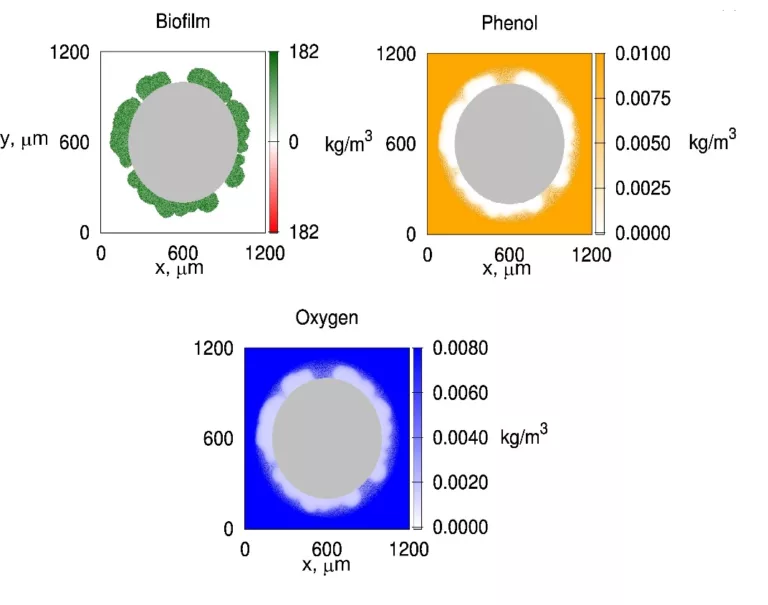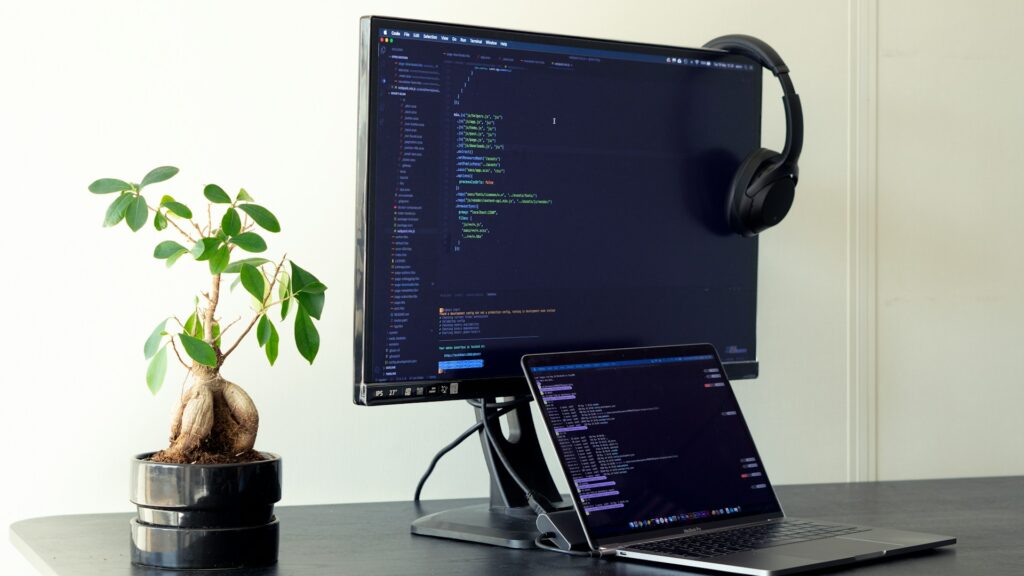Machine Learning and AI
Our technologies
Python is the backbone of our solutions for data analysis, failure prediction, process simulations (furnaces, reactors, bioreactors), and automation of engineering tasks. We use libraries such as pandas, scikit-learn, and Dash.
We use C# in projects involving industrial system integration – to build desktop interfaces, data acquisition applications, and communication with sensors. It works great for lightweight local applications.
PostgreSQL is our main database – used for sensor data logging and storing predictive models. It integrates well with Python and supports JSON.
We choose OracleDB for projects that require high reliability and data security – especially in the pharmaceutical and chemical industries.
Docker allows us to deploy applications both locally and in the cloud with consistent environments. It simplifies scaling and deployment automation.
We use the Django framework to build web applications with login systems, databases, and robust analytics backends.
Flask is great for fast APIs, dashboards, and lightweight prototypes. We often use it for laboratory automation solutions.
We use RabbitMQ to handle communication between components in distributed systems. It helps collect and route sensor data in real time.
We use C++ where performance is critical – in simulations, control systems, and real-time algorithms.
HTML is the foundation of our web applications. It enables building interfaces for engineers and access to online engineering tools.
JavaScript powers dynamic interface elements, real-time data handling, and frontend-backend integration.
Flutter enables us to build mobile applications for both Android and iOS. We use it for process monitoring and offline inspection forms.
We use machine learning for prediction, optimization, and anomaly detection. AI models support operator decisions and automate processes.






